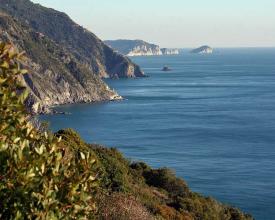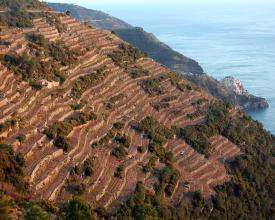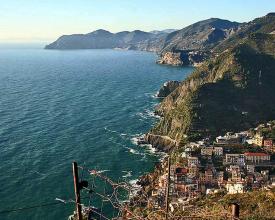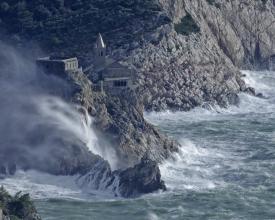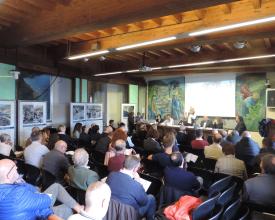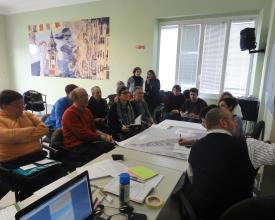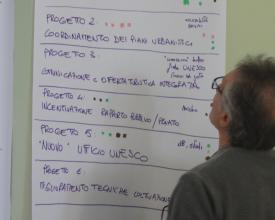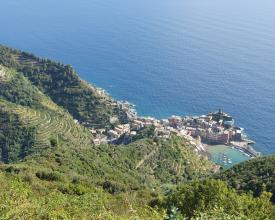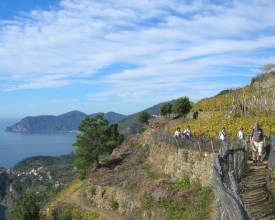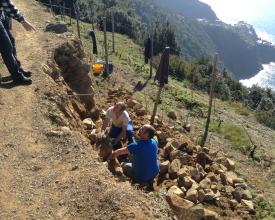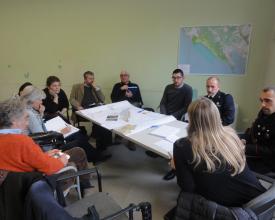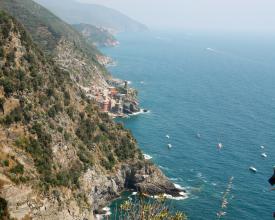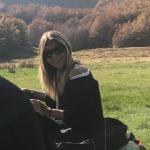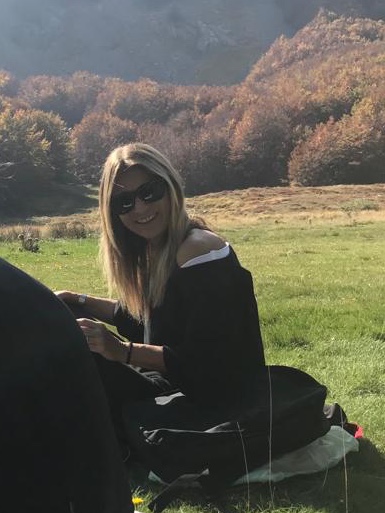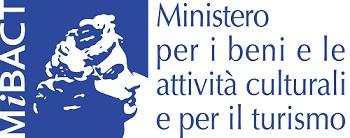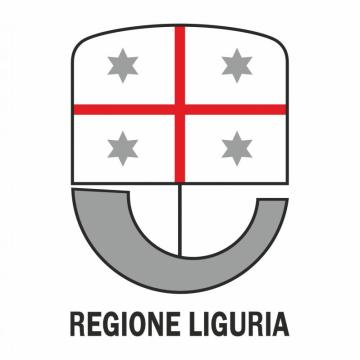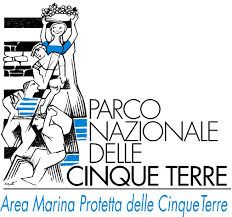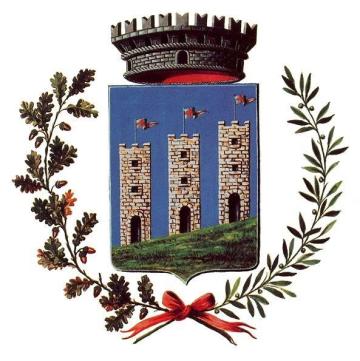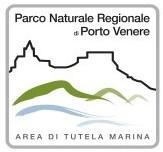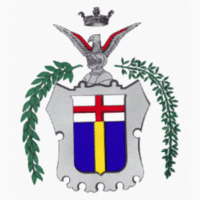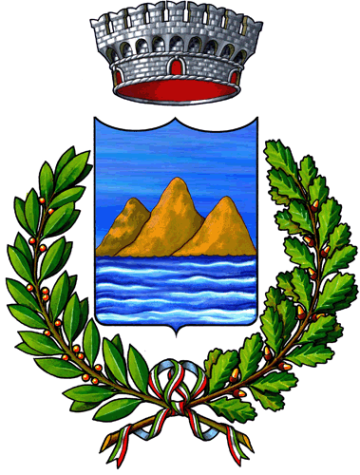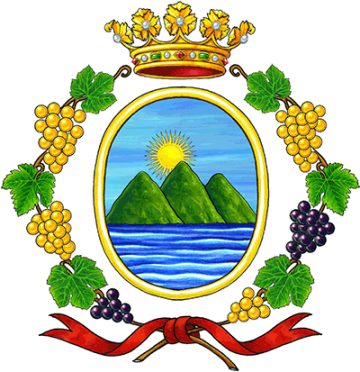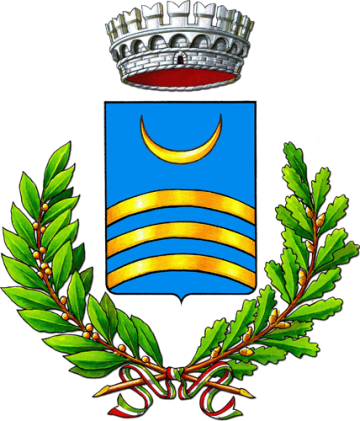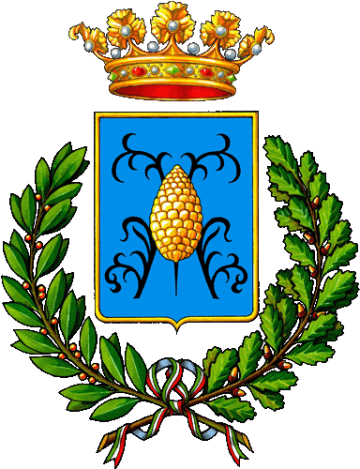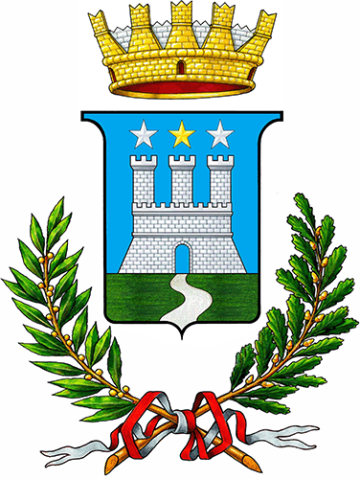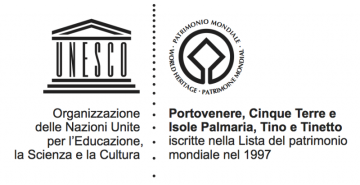
A model for institutional governance: shared and coordinated management approach for the cultural landscape of Portovenere, Cinque Terre, and the Islands (Palmaria, Tino and Tinetto)
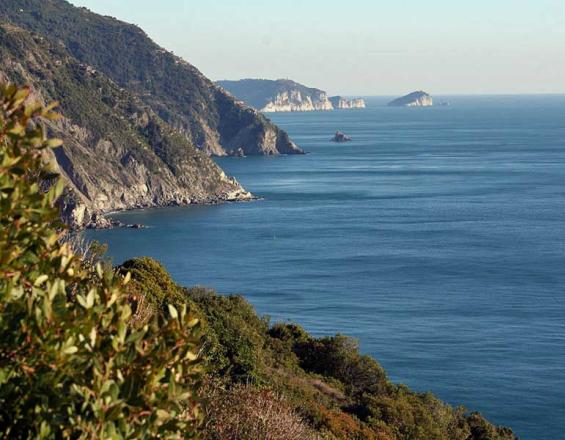
The solution focuses on the recently established shared governance structure that is in place at the World Heritage property of “Portovenere, Cinque Terre, and the Islands (Palmaria, Tino and Tinetto)” which focuses on implementing a management system for the site through the shared and coordinated effort of institutional stakeholders at the local, regional and national levels.
The governance is established through an agreement among the institutionl bodies involved in management which defines the terms of the cooperation, including the creation of committees and working groups for the planning, implementation and monitoring activities of management, conservation and enhancement provided for by the Management Plan.
The agreement also includes a joint plan of action with defined financial implications for all involved stakeholders. The functioning of the activities is guaranteed by the established “UNESCO Office” that acts as main coordinating body for the management of the site.
Context
Challenges addressed
Since the inscription, the coordination of managing actors was a partial response to difficulties in achieving a shared governance: this structure was not institutionally appropriate, unsustainable and complicated to work with. For this reason, in 2016 a long-term restructuring was undertaken to create a shared model of governance.
- Management challenges: fragmented and marginal management structure; lack of shared and coordinated planning mechanisms; lack of reciprocal trust among local stakeholders; lack of a specific body acting as reference point for management and communication with all stakeholders; complex framework of thematic laws and provisions for planning.
- Cultural and social challenges: institutional governance structure dependent on political elections and decisions; changing in local communities (gentrification)
- Economic challenges: lack of annual financial commitments; unsustainable and discontinued financial scheme; capability in taking funding opportunities.
Location
Process
Summary of the process
The solution presents the evolution in governance that has taken place at the World Heritage property of “Portovenere, Cinque Terre, and the Islands (Palmaria, Tino and Tinetto)” over the past two decades; the site has in fact moved from a marginal management strategy to the establishment of a shared governance structure aimed at the implementation of effective management at all levels. Through the signature of the Programme Agreement (2016) and its implementation protocol (2018), the Liguria Region, the Ministry of Cultural Heritage and Activities and Tourism the Cinque Terre National Park, the Regional Natural Park of Porto Venere, and the Municipalities involved have agreed on a shared institutional structure (BB1). This is supported by the establishment of the UNESCO Site Office and the Technical Secretary (BB2) financed by all institutional bodies (BB3), as well as a set of advisory, technical and decision-making bodies: the Coordination Committee, the Community of Buffer Zone Municipalities, the Technical-administrative work group, and the Consulting Committee (BB4).
Building Blocks
Shared governance structure
The governance structure has been officially established through the signature of a Programme Agreement by all the institutional stakeholders that operate in various capacities for the management and conservation of the site and its buffer zone: the Liguria Region, the Italian Ministry of Cultural Heritage and Activities and Tourism, the Cinque Terre National Park, the Municipality of Porto Venere - Regional Natural Park of Porto Venere, and the Municipalities of Levanto (withdrawn in 2019 from the UNESCO office), Monterosso al Mare, Pignone, Riomaggiore, La Spezia, Vernazza, Beverino, Riccò del Golfo.
The Agreement defines the role of stakeholders and establishes the following structure (BB4):
- Coordination Committee ensuring that effective management is in place
- Community of buffer zone Municipalities coordinating objectives, problems, and activities relating to the buffer zone
- Technical-administrative work group responsible for implementing the Management Plan
- Technical Secretary supporting committees and working groups
- Consulting Committee (advisory role)
- UNESCO site office, which acts as site manager for the site and carries out joint site promotion activities and ensures the smooth running of the technical-administrative board.
Enabling factors
The establishment of a shared governance structure has been a long journey supported by Regional government and the technical support of the local office of MiBACT. It was possible to achieve this goal by the financial support put in place through the Law 77 of 20 February 2006 as well as the signature of a shared protocol that has allowed for the establishment of means for inclusive and comprehensive conversation between key natural and cultural institutional stakeholders at the national, regional and local level.
Lesson learned
The establishment of a shared governance structure with a coordinated management strategy is the result of a complex 20-year experience with irregular developments and commitments. An adequate governance structure requires extensive dialogue, mutual understanding and trust to achieve a wide agreement from all involved institutional stakeholder and the commitment to bring these agreements beyond the timeframe of signatory political administrations.
As Municipalities play a large role in the governance of the site, one of the key challenges for the establishment of a shared strategy has been the changes in political leaderships during regional and municipal elections and the annual alternation of the site manager role between the president of the Cinque Terre National Park and the mayor of the Municipality of Porto Venere. This is to ensure socio-political balance in the governance of the site but the annual change of site management is a limitation for the implementation of long-term strategies and actions.
Establishment of a site-specific UNESCO Office supported by a Technical Secretary
The Programme Agreement defines and outlines the roles and responsibilities of the institutional stakeholders involved in the management of the site. This agreement is completed by an implementation protocol, signed on 3 August 2018, that outlines the key elements of the Programme Agreement for the establishment of a UNESCO Site Office supported by a Technical Secretary (led Liguria Region for 2 years) composed of technical and administrative staff. The implementation plan identifies the UNESCO Site Office as the technical and administrative responsible for the World Heritage property of Porto Venere, Cinque Terre and the Islands. The Office has the central role to provides support and operational coordination of the permanent technical-administrative work group, support the implementation of territorial actions and the monitoring of the Management Plan, and acts as the focal point with the World Heritage Centre, the Italian Ministry with the national UNESCO Office. The Secretary coordinates all activities of the existing governing committees and working groups (BB4).
The UNESCO Site Office is also dedicated to improving services provided to users within the site, according to UNESCO guidelines, in order to increase an effective response to the emerging needs of the territory.
Enabling factors
The creation, existence and mandate of the UNESCO Site Office and the Technical Secretary are defined in the joint programme agreement signed on 1 August 2016 and the implementation protocol signed on 3 August 2018. In order to be operational, the aspect of financing of the office is directly addressed in the Programme Agreement and which includes a prospect of contributions by signatory stakeholders.
Lesson learned
The establishment of the UNESCO Site Office and the Technical Secretary have allowed for the application of a more efficient approach to the management of “Portovenere, Cinque Terre, and the Islands (Palmaria, Tino and Tinetto)” and the creation of a permanent structure in support of all the established governing bodies (Building Block 4): the Coordination Committee, the Community of Buffer Zone Municipality, the Technical-administrative work group, and the Consulting Committee.
The Technical Secretary offers supports the activities of the Coordination Committee, the Working Group and the UNESCO site Office, which is responsible for the technical and administrative compliance with the World Heritage requirements and territorial implementation as well as being a chance of direct dialogue with and between institutional stakeholders, local communities and visitors to the site.
Sustainable annual financing scheme
The implementation protocol of the Programme Agreement stipulates that the annual financial costs of the UNESCO Site Office and the Technical Secretary is to be supported by all institutional stakeholders signatory of the Agreement in measures that are proportionate to their financial capacities. This allows for a sustainable financial strategy based on shared contributions for the running and upkeep of two key elements of the governance and management structure of the site: the UNESCO Site Office and the Technical Secretary. The annual budget – foreseen to be around € 66.000,00/year – is covered via the contribution of eleven institutions (Liguria Region, Cinque Terre National Park, Regional Natural Park of Porto Venere, Municipalities of Porto Venere, Levanto (voluntarily withdrawn in 2019), Monterosso al Mare, Pignone, Riomaggiore, La Spezia, Vernazza, Beverino, Riccò del Golfo). The Ministry of Cultural Heritage and Activities and Tourism does not directly contribute to the annual budget but it offers further technical support via its technical and scientific experts.
Enabling factors
The implementation protocol (2018) of the Programme Agreement (2016) constitutes the legal basis and a guidance for the definition of annual contributions by all the involved institutional stakeholders (region, parks and municipalities).
Lesson learned
This structured and shared financial set up has allowed for the establishment of a more sustainable financial strategy. With minimal costs there is now the chance to implement a great deal of activities and complete relevant tasks and work that are necessary for the effective management and conservation of the site as well as in supporting the interaction with communities, visitors and relevant stakeholders operating at the national and international levels. Despite the decision of Levanto’s municipality to withdraw in 2019 from the participation to the UNESCO site office structure the partners reacted positively and decided together to reallocate their budget to respect the provisional commitments. The awareness of being part of a long-term project of conservation and enhancement increased.
Permanent committees and working group
The shared management and governance structure of the property and its buffer zone (BB1) is further reflected in the sub-division of roles and responsibilities as well as in the constitution of dedicated decision-making, technical and advisory bodies. Besides the UNESCO Site Office and the Technical Secretary (BB3), other key governance players are:
- The Coordination Committee is the governing and supervisory body aimed at ensuring the site’s effective management and compliance with the commitments undertaken with the Agreement, directing the activities aimed at management and those of the working group.
- The Community of Buffer Zone Municipalities has the task of coordinating objectives, problems, and activities relating to the Buffer Zone, which performs the function of additional and indirect protection of the Site’s values.
- The Technical-administrative work group has the task of implementing the Management Plan and joint activities with proposals requiring approval by the Coordination Committee.
- The Consulting Committee works alongside the Coordination Committee with advisory functions regarding the awareness programmes, general plan guidelines, specific projects, monitoring the Agreement implementation, and the periodic report.
Enabling factors
The site’s governance structure is defined in the joint programme agreement signed on 1 August 2016 and the implementation protocol signed on 3 August 2018. The Agreement establishes the site management structure, divided into the above-mentioned bodies, variously composed of the signatories of the Act.
Lesson learned
Involving both political and technical level of the municipalities included in the property and the buffer zone has an added value in increasing the awareness of all the actors about being inscribed in the WH List. The process of becoming more and more familiar with global strategies undertaken by UNESCO and advisory bodies is developing little by little. This is something that cannot be taken for granted, especially in such a complex case referring to governance.
Impacts
The main impact of the solution is the establishment of a coordinated and shared strategy for the Property and the proposed Buffer Zone, vital for the work of all institutional bodies, the effective management and conservation of this cultural landscape.
A positive impact in medium term is the adoption of a strategy for sustainable tourism and integrated risk management.
- Social: this governance structure is a chance to work more efficiently with local communities, stakeholders and commercial/business activities that are directly or indirectly involved with the site. The interaction between nature and man is at the heart of the cultural landscape of “Portovenere, Cinque Terre, and the Islands (Palmaria, Tino and Tinetto)” and the participation of communities in elaborating a shared vision and strategy is a requirement under the Operational Guidelines of the World Heritage Convention.
- Economic: the governance has brought to the adoption of a multiannual financial agreement that foresees the annual identification of defined resources for the work of the UNESCO Office in quality of site manager of the World Heritage site of “Portovenere, Cinque Terre, and the Islands (Palmaria, Tino and Tinetto)”. The governance structure offers a sustainable solution for the long-term sustainability of the office and its work at the site, thanks to the participation of the local authorities.
Beneficiaries
The beneficiaries of these shared and coordinated governance and management structure are the site itself, the institutions involved in the management and the local communities living and working inside and nearby the site.

